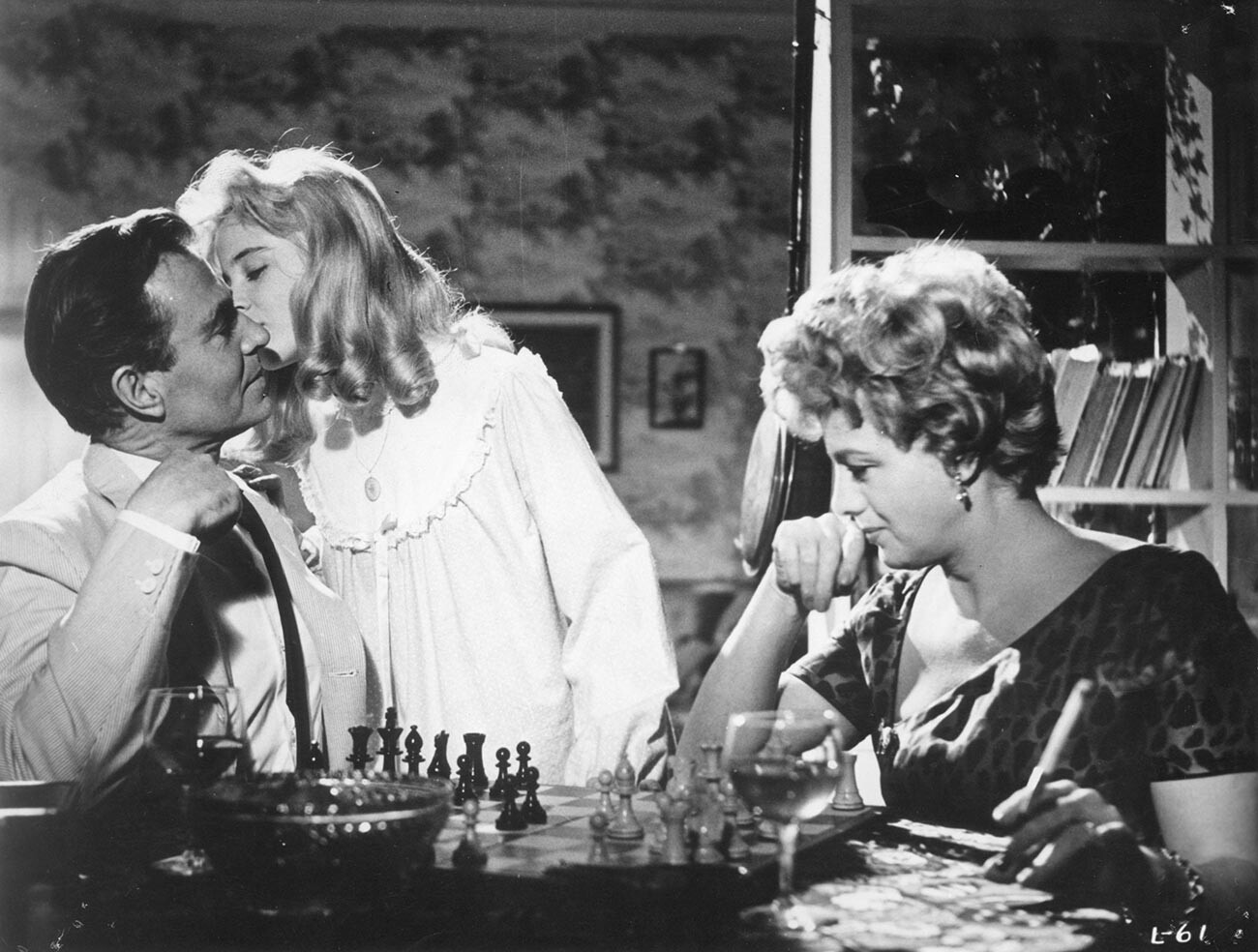Vladimir Nabokov’s ‘Lolita’: A short summary

Plot
‘Lolita’ is a novel written in the form of an autobiography by a fictional character named Humbert Humbert. The story features the unreliable narration of his entire life, but particularly focuses on an instance when the narrator gets infatuated with a 12-year-old girl named Dolores Haze he nicknames ‘Lolita’.
Early in the book, the readers learn that Humbert is condemned to a lifetime of sexual obsession with girls aged between nine and fourteen. He calls them “Nymphets” and claims that they have a demonic nature that attracts him. By contrast, the narrator is repulsed by older women with mature sexual desires.
On one occasion, Humbert comes to the small town of Ramsdale and finds accommodation at the house of 35-year-old Charlotte Haze. He dislikes both Charlotte and her house, but decides to stay there, as he gets infatuated with Charlotte’s 12-year-old daughter he fondly calls Lolita.

Humbert can’t resist the urge that pulls him to the young girl, but acts carefully so as to not cause suspicions. He seeks opportunities to stay along with Lolita and finds sexual gratification from the slightest physical contact. He also keeps a diary where he outlines his fantasies for the girl.
When Charlotte, who Humbert finds repulsive, confesses her feelings to him, he decides to play along and marries the woman to get custody of Lolita and obtain an official reason to be in her vicinity.

When a tragic event takes Charlotte out of the way, Humbert takes Lolita on a trip across the U.S. as her only custodian. One night in a hotel, he drugs Lolita with sleeping pills planning to molest her in her sleep, but eventually gives up on his plan. The next morning, Lolita initiates sex with Humbert, according to his account of the event.
Relations between Humbert and Lolita worsen as Humbert becomes more and more obsessive and jealous of Lolita and her behavior, in turn, becomes more erratic.
Finally settling in Beardsley, Humbert loses control over Lolita, as the girl is seduced by a playwright named Clare Quilty, who desires Lolita for his selfish purposes.

Desperate, Humbert takes Lolita away from the town, but she escapes. Tormented Humbert spends the rest of the summer looking for Lolita and her lover, but to no avail.
When Lolita reappears in Humbert’s life years later, she tells him she ran off with Quilty, who tried to exploit her in his wicked ways, but that she ran away and is now married to a different man.
Although Humbert does not perceive Lolita to be a “nymphet” any longer, he begs her to run away with him, as he feels he loves her nonetheless. However, Lolita refuses.
Heartbroken, Humbert takes revenge on Quilty who he kills in his house. Subsequently, Humbert is arrested. He dies in prison after recounting his version of events in a diary. Lolita, meanwhile, dies during childbirth.
What’s behind the novel?
Nabokov began writing the novel in 1946 in the U.S. It took him eight years to finish the novel. No American publisher accepted the book that, on the surface, leaned towards the pornography genre. Eventually, the novel was published by a French publisher specializing in avant-garde literature and pornography.
The novel received mixed reviews and, thus, caused a scandal in the publishing world. Some called it a masterpiece, while others dubbed the book dirty pornography. After publication in the U.S., the book became a bestseller and Nabokov gained worldwide fame.
The novel, translated by Nabokov into the Russian language, came to the USSR in 1967 and was distributed illegally. In the Soviet Union, it was unanimously condemned by critics.
Even today, the controversial novel remains a subject of debate. Some readers dismiss it as a pornographic book popular only because it was able to shock the unprepared public of the 1950s.
Others call ‘Lolita’ a masterpiece rich in poetic prose, hidden themes, subtle allusions, satire and food for thought. Indeed, the novel has multiple layers that go beyond the central storyline revolving around the molester and his victim.
Nabokov explores the themes of impartial fate and human control over their lives, forbidden love, taboo, selfishness, consumerism in modern society, alienation and many others.
Notably, the author showcases the power of language and rhetoric persuasion by making his protagonist defend his pedophilic inclination to skeptical readers with the help of his immaculate rhetorical skills.
Ever since the book was published in 1955, it caused a scandal, attention and mixed reviews, becoming one of the most controversial novels of both Russian and American classic literature.

